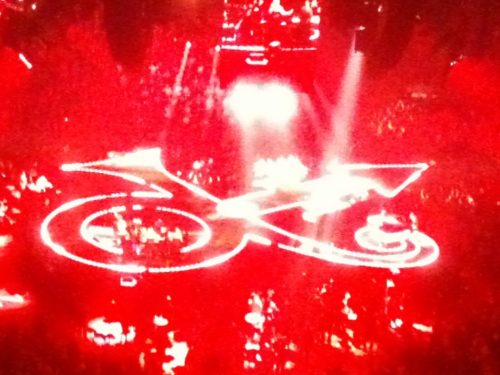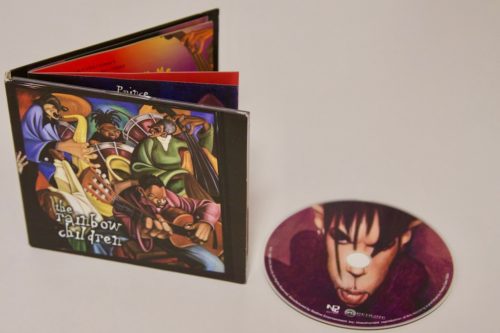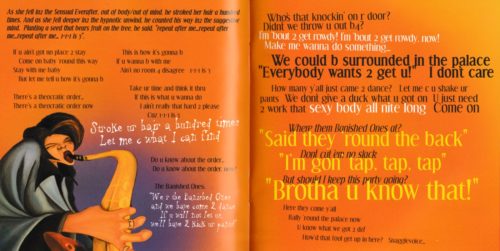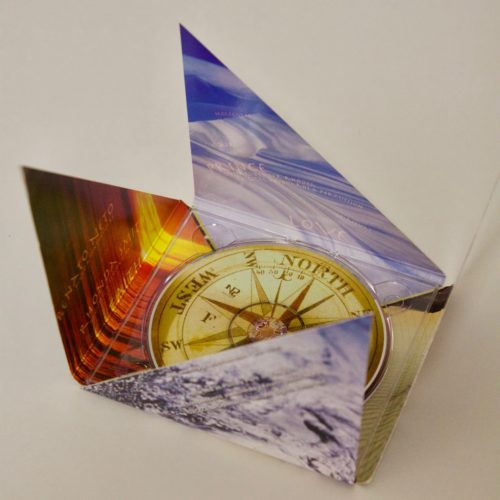Earlier in #blogjune, Kathryn Greenhill & I were having a conversation in response to her post about a session at the Margaret River Readers and Writers Festival, where people were asking where to get book recommendations and libraries didn’t come up in the conversation.
I’ve been thinking a bit about “content as experience” rather than “books as object” recently. Getting content part of whole experience?
— Ninjakat (@libsmatter) June 8, 2017
This got me thinking about something that I’ve been embarking on over the past year. It gets murky, because in this day and age, with digital delivery of music, movies and books, the concept of “books being an object” or “music being an object” for many, doesn’t exist. We’ve surrounded ourselves with what are essentially dumb objects that are there for displaying/playing inanimate binary content. The “object” used for consumption is identical whether you are listening to Beethoven or Metallica. Can one device sufficiently deliver such varied experiences? Meanwhile this delivery object sits there when not being used, not necessarily a thing of beauty like a bookshelf full of varied physical objects – fixed containers for content.
Like many people around the world I was devastated when Prince died last year. I wouldn’t have considered myself a die-hard fan – I had a few of his albums & had seen him perform live which was amazing. So when he died, I wanted to seek out more music, listen to the legacy he left with the world.

This led to an interesting issue. So much of his music was unavailable. There was a massive amount of his career from the mid 1990’s through to around 2010 where his music was essentially self published & not released through a major record company. You couldn’t purchase it in the shops, it wasn’t available for streaming online. How could I go back and fill in the missing parts?
In June 2016 Tidal made his entire catalogue available for streaming. I set myself up with a Tidal account and discovered his music. However, something was lacking. Listening to an inanimate thing was good, but not fully satisfying. I would have loved to read the liner notes associated with all of these albums and find out more. Plus I still love to own things.
So I cancelled my Tidal account & off I went on a journey of discovery to hunt down & start collecting some of these unavailable albums.
It was fun, scouring second hand stores, looking online at discogs and eBay. Going online you can essentially get anything if you are prepared to pay. Half the fun was hunting for the right items at the right price. It was really like going back 25 years and scouring record stores for new releases and hidden gems. It was enjoyable. Along the way I had plenty of conversations with a wide variety of people, all of them fans and lovers of music. It made the process personal again. You don’t get handwritten notes on your monthly streaming invoice!

Let me go back to my earlier concept. These albums (content) still aren’t available in an inanimate form (digital) – only a physical form. This is kind of nice as the packaging for these albums was really quite something. There is beautiful artwork, creative packaging. Some are nicely printed, but just in a cardboard sleeve (these were given away for free with newspapers in the UK – another interesting distribution model). It’s a bonus having something that has content and is a beautiful object as well.





So I believe that “content as experience” and “objects as experience” work together in harmony. Digital content is inanimate & needs another object to allow you to experience it in any form. On the other hand, these physical CD’s are pretty, and I have a  partial experience by holding, looking, reading – but I can’t fully experience the content without the assistance of yet another object. At least I know, having “objects as experience” will allow me to have “content as experience”.
Comments
2 responses to “Content as experience”
This was so interesting Paul. It’s really interesting that experience art has become so singular now. As you say – we used to get visual, aural and physical interactivity in one medium. Now we sit and concentrate on one sense. Something for me to muse on.
[…] still haven’t responded to Paul’s discussion of Content as Experience … in which I would argue that if libraries are looking at “competition” or what […]